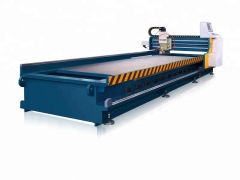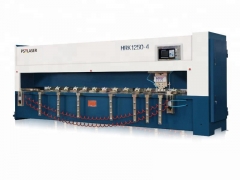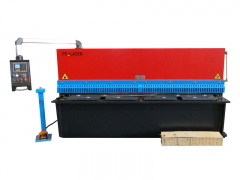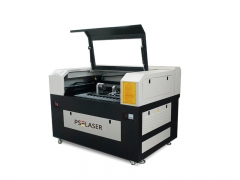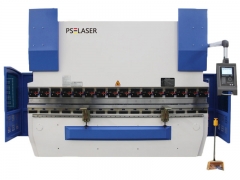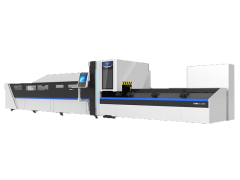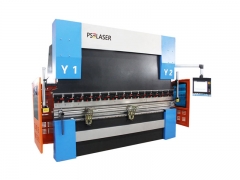Since the bronze age, people have been involved in bending and shaping metals for various purposes. With the range of services that steel fabrication offers, it was evident that we needed to go above forging and hammering. Technology has advanced, and we now have different types of bending machines that apply precision force for bending, rolling, and stamping metal with ease.
Market research says that the automated bending machine market is projected to reach a staggering $3.37 billion by 2032, up from its value of $2.17 billion as of 2022. The numbers show that these machines have greatly influenced various industries like oil and gas, manufacturing, automotive, building, and construction.
We have come up with this comprehensive guide on bending machines. Explore with us their importance while receiving insights on different forms so you can make the right choice.
What Is a Bending Machine?
A bending machine is a versatile tool that is used to bend and shape workpieces as per the purpose of use. It serves as both a press and a bending machine, adapting to various materials and shapes.
For example, certain types of bending machines can directly process sheet metal without the need for additional clamping tools. On the other hand, some bending machines rely on clamping devices to secure the metal sheet during processing.
These machines use specialized bending tools that apply pressure to the metal plate to generate the appropriate form. A dependable bending machine’s body and tools are made of strong materials that can handle high amounts of pressure without breaking.
Bending machines are critical in industries such as manufacturing, construction, and automotive. That’s because they’re capable of offering accurate shaping qualities for a variety of applications.
What Are the Functions of a Bending Machine?
A bending machine is basically a forging machinery that plays a key role in sheet metal processing, especially for large sheets. Its functions range from bending and stretching to rounding and punching metals. So you can imagine the possibilities it offers across industries- light industry, aviation, shipbuilding, metallurgy, instrumentation, and more!
The workbench, made up of a base and pressure plate, sits on the bracket. The base connects to the clamping plate through a hinge mechanism. Within the base, you’ll find essential parts like seat shell housing and coil structure that are covered with protective plates.
All these elements make sure that when metals are placed between them for bending purposes, they can be securely held in place while receiving force from the machine. When the wire is connected to the coil, it creates an attractive force on the pressure plate. This forces the thin plate to be clamped between the pressure plate and the base.
Because the system uses electromagnetic force binding, the pressure plate can be shaped to fit a variety of workpiece needs. It can also process pieces that have side walls. You can replace the bending machine mold and can meet your diverse demands.
What Are the Main Components and Structure of the Bending Machine?
We already talked a little about the critical components of a bending machine while mentioning the functions. Let’s dig deeper and find out more about those:
Bend Die
The bend die is also known as the bend form or radius die. It’s a major part of rotary-draw bending machines. The bend die shapes the tube during the drawing process to achieve the desired bend. You must choose the right type of bend die as it directly affects how well the tubes conform to specific radii.
If you’re working with pipe bending applications that require tight bends with small radii, selecting a suitable high-quality bend die becomes even more important.
Clamp Die
The clamp die is responsible for pressing the tube onto the bend die. So it ensures that there is no slipping during operation. This particular part provides stability and accuracy to achieve precise bends in metal tubes or pipes.
Suppose you are utilizing a pipe bending machine to make delicate forms or angles on a stainless steel pipe. The clamp die binds it tightly to the bend die to avoid any movement that may result in mistakes.
Pressure Die
The primary function of a pressure die is to ensure that the tube or sheet metal accurately follows the bend die’s contour. This specific part applies consistent and even pressure throughout the bending operation, resulting in precise bends. Think of it as a guiding hand that ensures uniformity and accuracy in each bend.
Wiper Die
A wiper die is positioned right after the bend die, and it primarily prevents the formation of humps in the inner radius.
During the bending process, the material becomes plastic and starts to deform. That creates wrinkles and larger deformations. However, by incorporating a wiper die

 français
français English
English español
español


